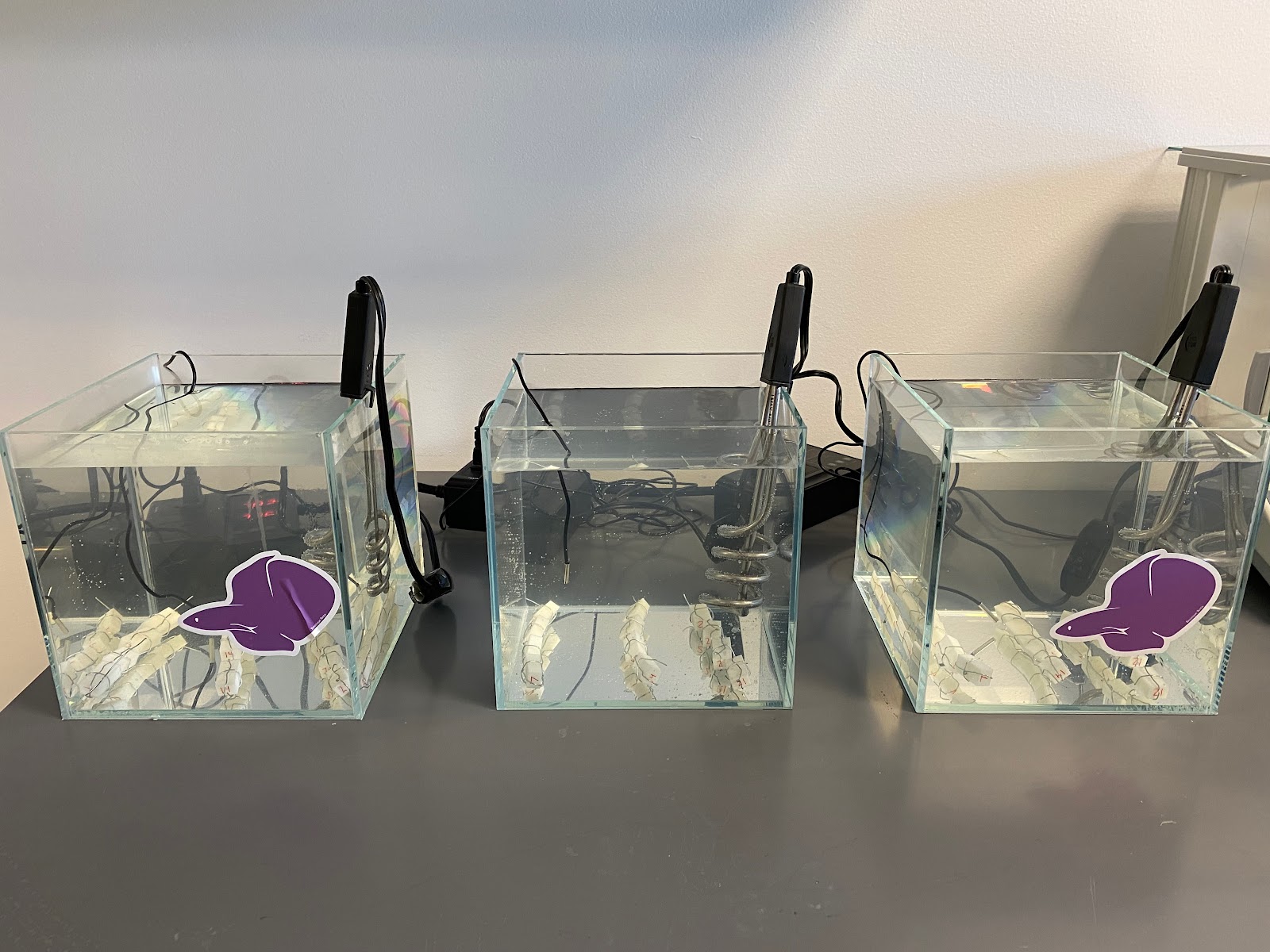The research project I took on was to observe the immigrant paradox and immigrant advantage within the MSRP data set provided by my faculty advisor. The MSRP (Miami School Readiness Program) data set is 5-cohort, 14 year sequential project that observes children attend Miami Dade Public schools. This was influenced by my decision to join the honor’s psychology program at George Mason University. In this program as an undergrad, you choose to go through a mock thesis process. For three semester you must prepare a thesis document, propose it and finally defend it. During this process you will present to other in conferences/symposiums and work in a research lab.
During Covid-19 this was quite difficult because you could
not really meet someone that shared your research interests in person. Not only
that but a lot of research was put on hold. Finding someone who would be
interested in mentoring you was quite hard. I didn’t lose hope and found Dr.
Adam Winsler. I had learned about the immigrant advantage in my adolescent
psychology course and found out that immigrants show greater resilience than
U.S. born children, so I wanted to investigate that more. Dr. Adam Winsler
loved the idea and explained some previous graduate students had also
investigated the phenomena. After figuring out exactly what I was interested
in, by examining various literature I decided to fill in the gap by looking at
variation based on country of origin and solely compare immigrants to one
another.
This project has lasted for about three semesters. In the
beginning I spent 5-7 hours looking at the literature. During the summer and
spring of 2021, I made drafts of my introduction/literature review. A total of
8 drafts were made! Dr. Winsler has helped with refining my writing skills which
I am grateful for. Fall of 2021 it was time to defend and come up with the
methods on how to go about data analysis for spring of 2022. I spent 8-10 hours
on my project, as I was also applying for the OSCAR grant and the NCUR
conference. I also went through a couple of versions for my methods section.
Now it is finally spring of 2022 and I spend about 10 hours on my project a
week. I have been cleaning data to make sure all the kids in my sample are
included. Then data analysis has been done and interpretation of data. In a day
I try to break time intervals for my project and schoolwork. If its exam week I
reserve one day for my project and the other for studying.








